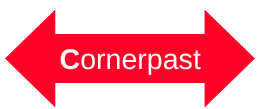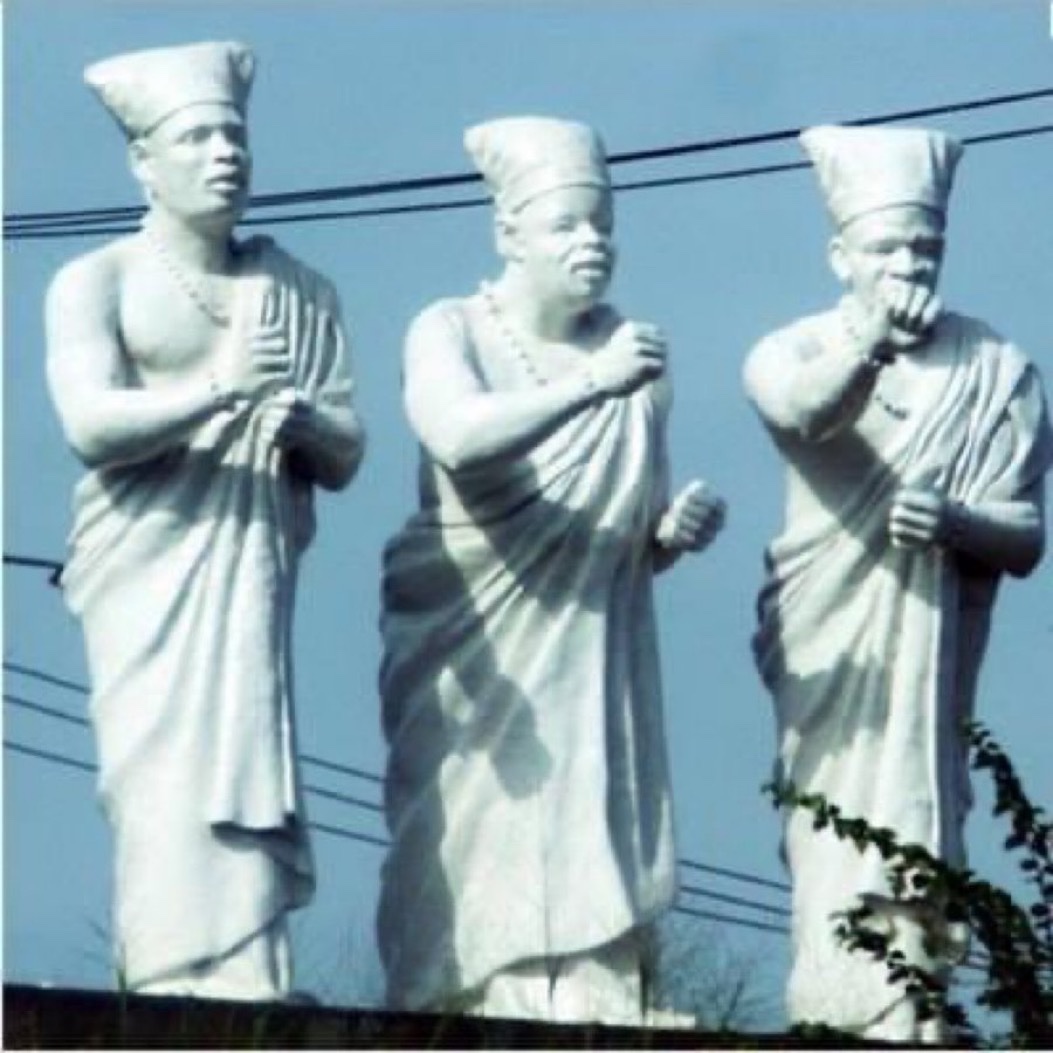Aro Meta(Àrò Mẹ́ta), commonly known as the “three wise men,” serves as a welcoming symbol for those entering the city of Lagos. This white granite sculpture, portraying three Lagos white-cap chiefs, goes beyond its artistic representation; it carries profound cultural significance.
The sculpted chiefs symbolize the three types of traditional greetings on Lagos Island (Eko), referring to the indigenous people of Lagos predominantly inhabiting Lagos Island. Their firmly clenched right fists signify a deep belief in the superiority of the right hand over the left. Each figure exhibits a clenched fist, with the right hand consistently placed over the left.
READ ALSO: The Tale of Aro, The Warrior, Unfolding In Ilaro Town, Ogun State
Moreover, the statues are adorned in intricately tied wrappers, with the ends draped over the right shoulder. This deliberate choice aligns with Yorùbá cultural norms, where the right hand symbolizes acceptance and respect, contrasting with the negative associations often attributed to the left hand for its involvement in less desirable tasks.
Initially situated at the former Lagos-Ibadan Toll gate, Aro Meta (Àrò Mẹ́ta ) later found a new home on the bridge connecting Ojodu and Alausa secretariat. Unfortunately, it faced destruction in 2004 under mysterious circumstances, believed to be linked to religious reasons, and again during the subsidy protest in January 2012.
Àrò Mẹ́ta gained prominence in the early ’90s when Yorùbá Fuji Superstar Obesere featured it in a song. According to him, each of the men conveys distinct meanings to newcomers in Lagos, emphasizing the necessity of being astute and attentively cautious in Lagos, within the context of Yorubaland.

